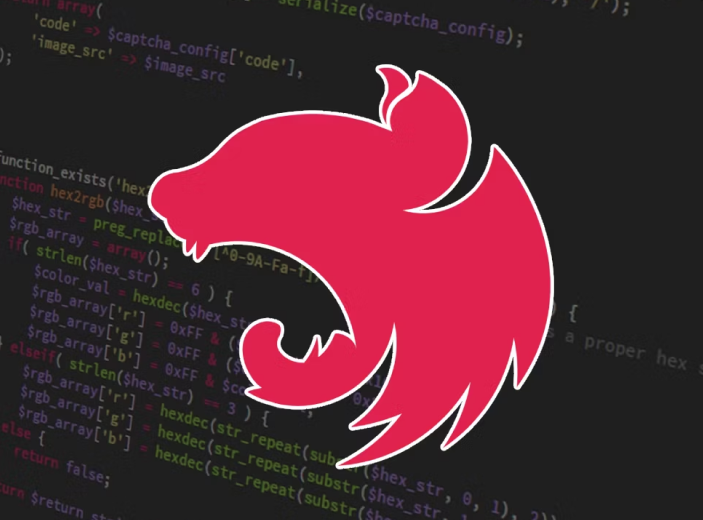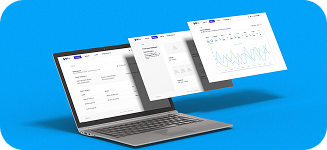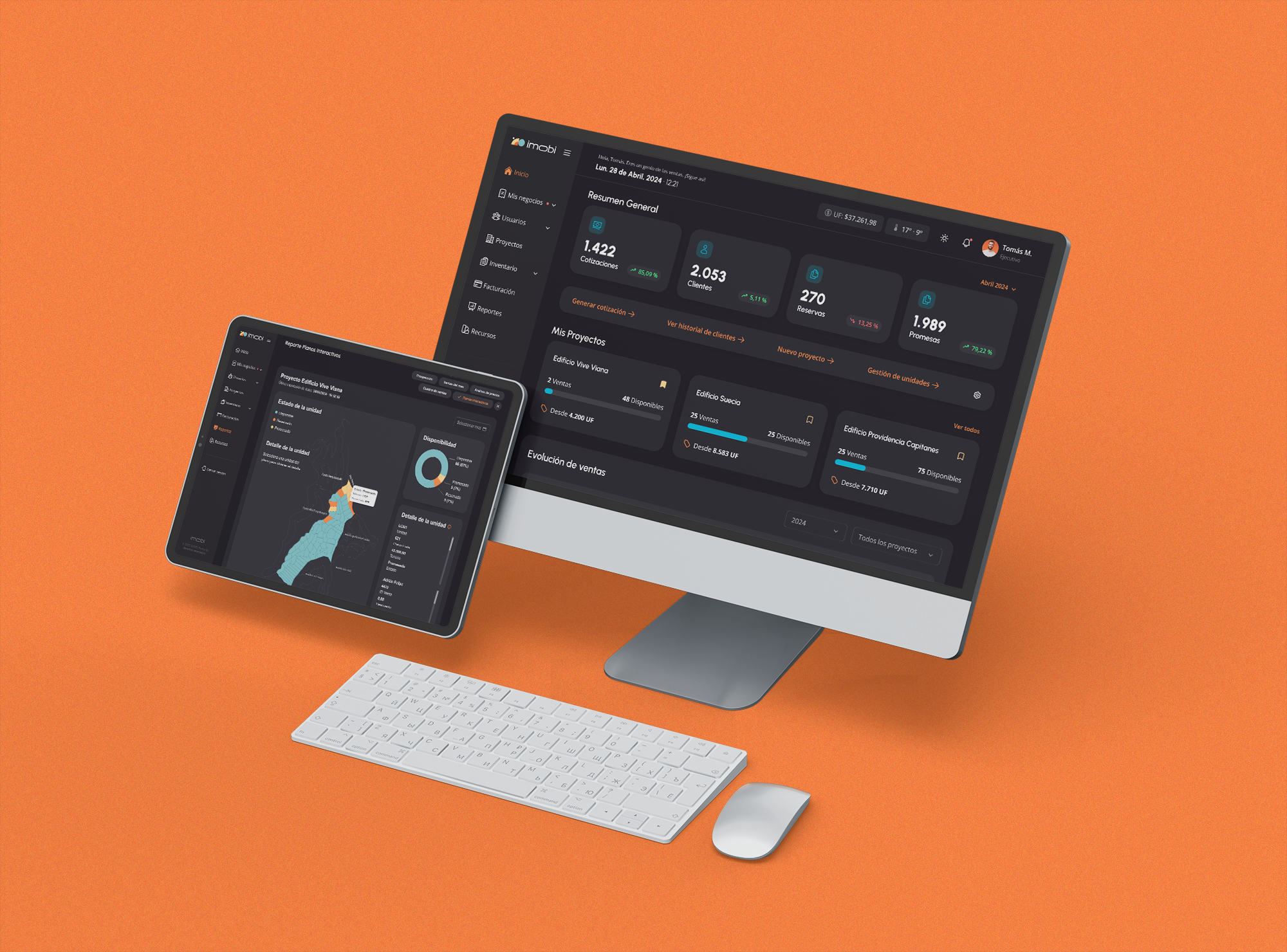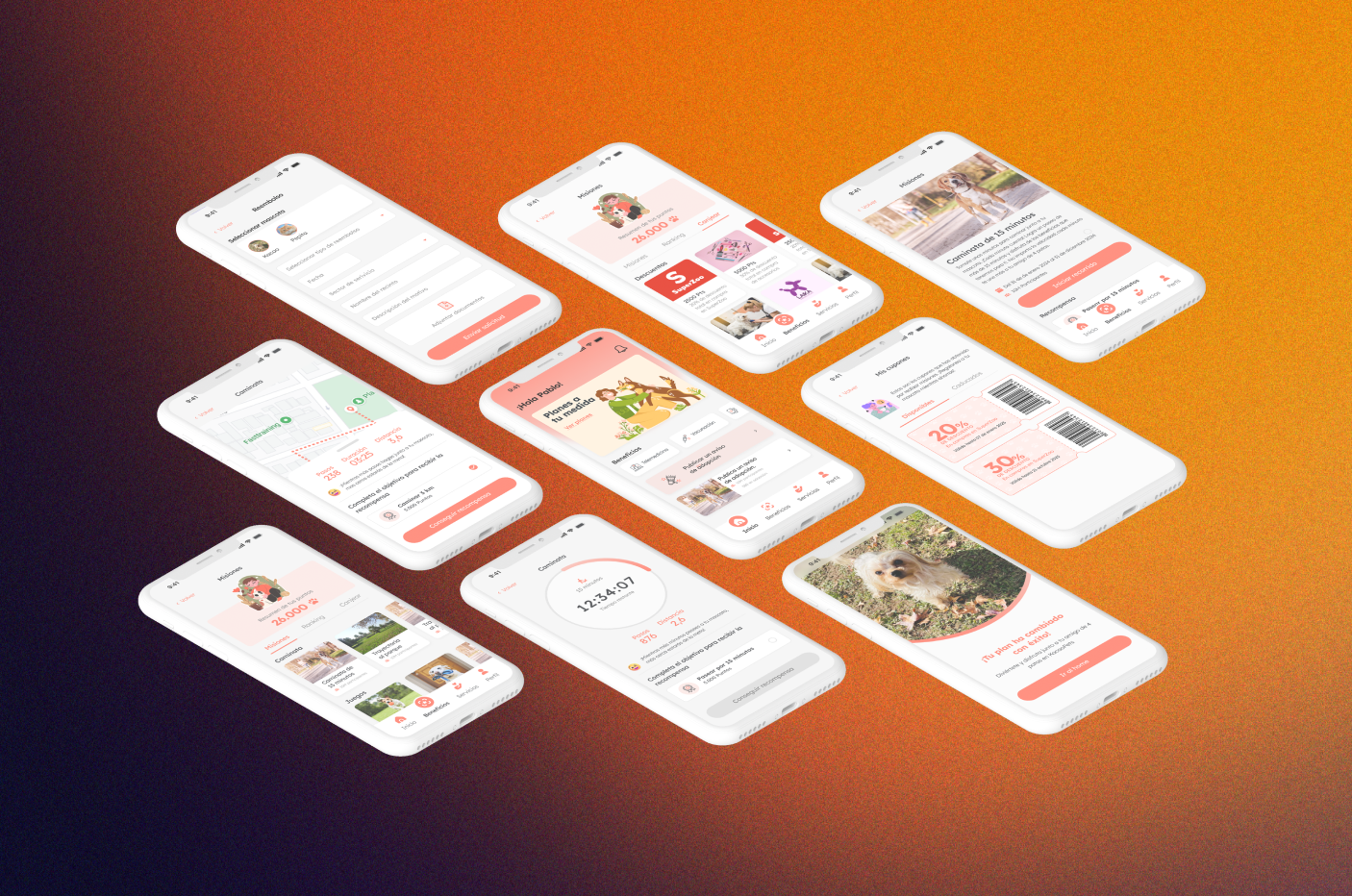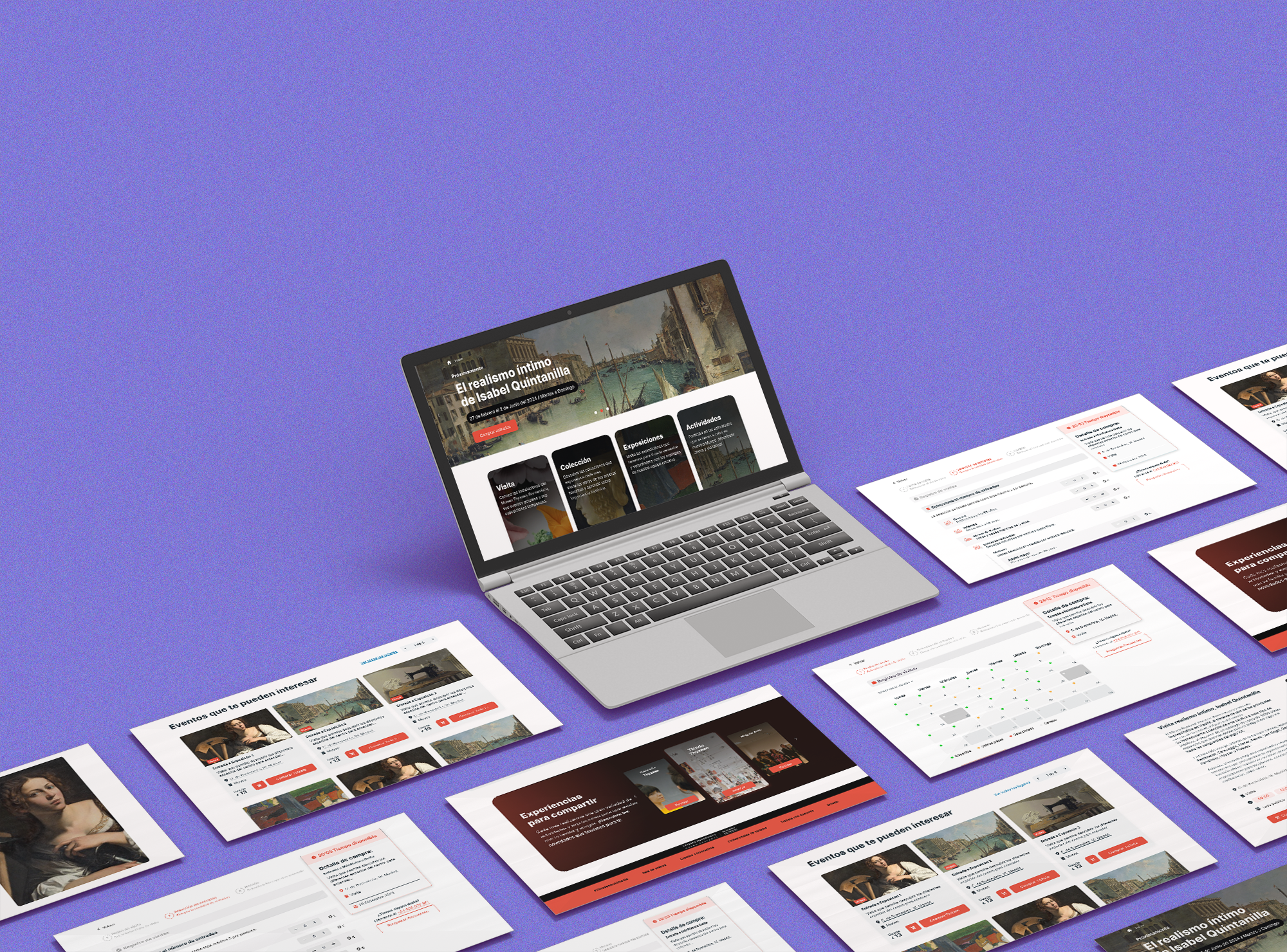Share this article
What is a Minimum Viable Product (MVP)?
The term Minimum Viable Product (MVP) has become a key element in the development of digital products and startups.
But what exactly is an MVP?
An MVP is a simplified version of a product that includes only the essential functionalities to meet the basic needs of early adopters and validate a business idea.
This strategy allows companies to bring a product to market quickly, collect real feedback and make rapid iterations without large upfront investments.
Costs of developing an MVP
Time and resources invested Developing an MVP does not mean simply creating a basic version of a product.
It requires meticulous planning to determine what the essential features are and how they can be implemented efficiently.
Although the cost of an MVP can vary depending on the complexity of the product and the team involved.
Some factors that influence cost include:
-Digital interface design: The creation of an intuitive and attractive interface that facilitates user interaction.
-Frontend web development: The technical implementation that converts designs into a functional reality.
-Testing and prototyping: The process of validating design and functionality before launch.
-Digital product design tools: Using specialized tools can add cost, but also improve the efficiency and quality of the final product.
Teams and collaborators
An MVP can be developed internally by an existing team or externally by hiring consultants or specialized agencies.
Each option has its pros and cons.
While in-house development can offer greater control over the product, hiring outside experts can bring fresh skills and perspectives that enrich the end result.
In general, costs associated with teams include: Developer and designer salaries: Compensation for professionals working on the project.
UX/UI consulting: Hiring user experience experts to ensure that the MVP not only works well, but also delivers an optimal user experience.
Design and development tools: Software and platforms needed to develop the MVP.
Benefits of launching an MVP
Validation of ideas and market
The main benefit of an MVP is early validation of ideas.
By launching a basic version of the product, companies can get direct feedback from users and check if the market is really interested in their proposal.
This allows adjustments and improvements to be made before investing in full product development.
Risk reduction
Developing an MVP helps minimize financial and market risks.
Instead of investing large sums of money in a complete product that might not succeed, companies can test their idea with a much smaller investment.
According to a study by CB Insights, 42% of startups fail because there is no market need for their product.
Launching an MVP can help avoid these kinds of costly mistakes.
Agility and speed
The development of an MVP allows companies to be more agile and react quickly to market needs.
This methodology favors continuous iteration, which means that changes and improvements can be made quickly and efficiently based on the feedback received.
Moreover, this agility can be crucial to remain competitive in rapidly evolving markets.
Organic growth and marketing
An MVP not only validates an idea, but can also be a powerful marketing tool.
Early adopters can become product ambassadors, sharing their experience and attracting new users.
This organic growth strategy can significantly reduce customer acquisition costs.
Success stories with MVP
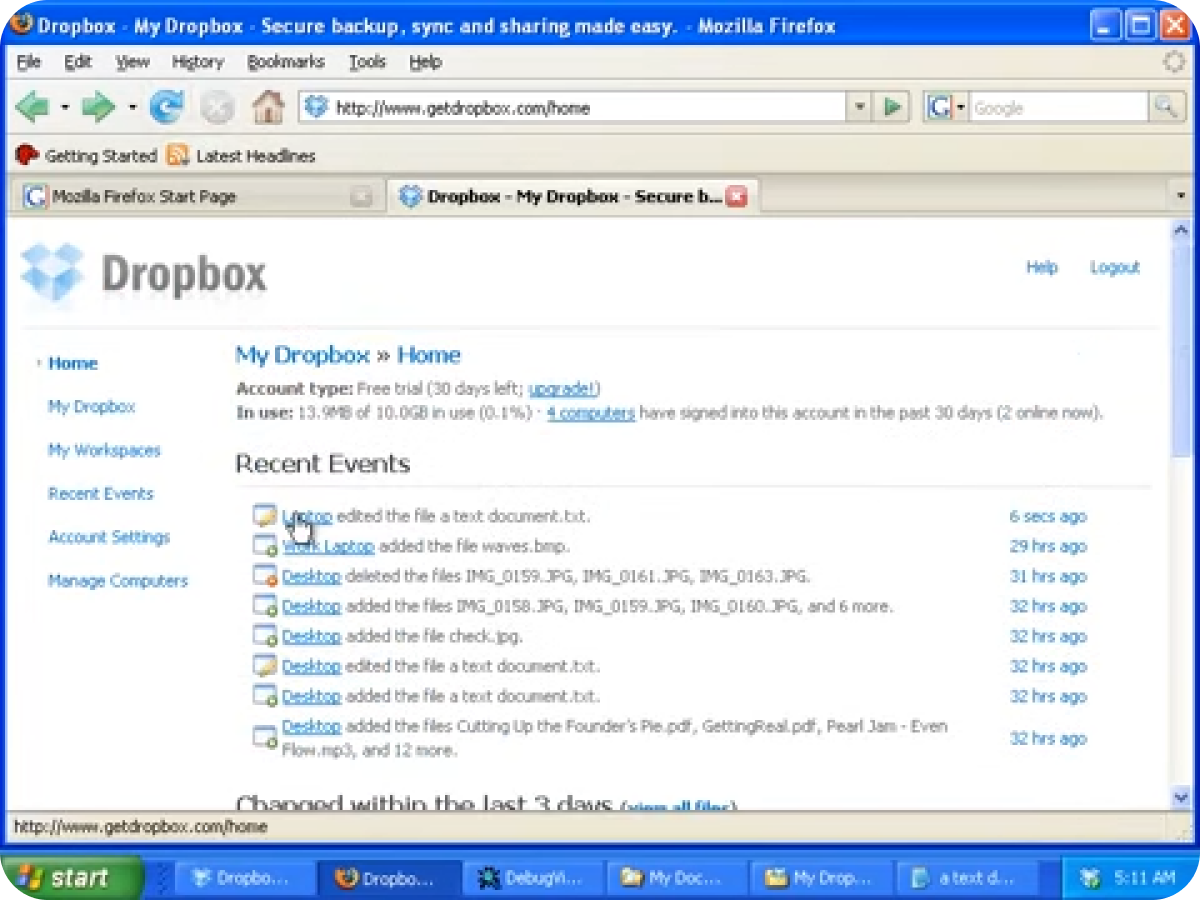
A simple explainer video took the iconic Dropbox to the top.
Dropbox
Dropbox is an iconic success story with an MVP. Instead of building a complete product from the ground up, the founders created a simple video explaining how their cloud storage service would work. This video allowed them to validate market interest and obtain a waiting list of potential users before investing in full development.
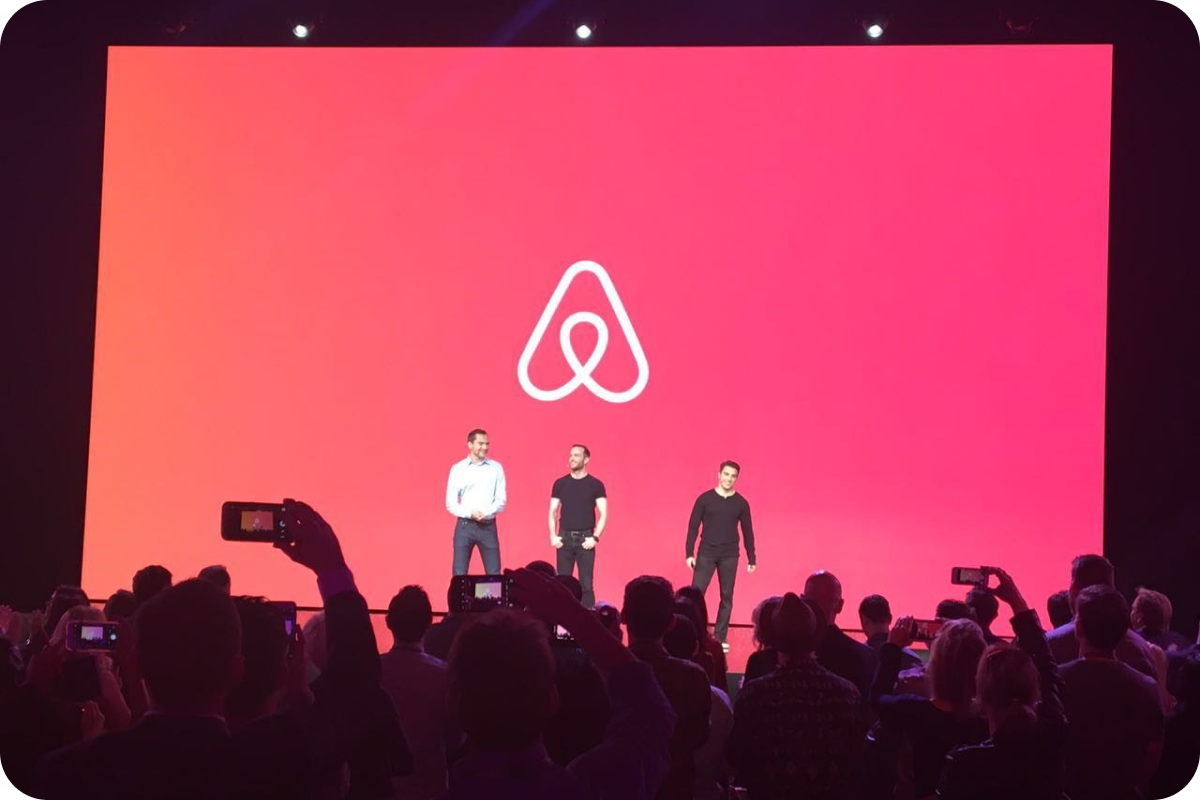
A test allowed them to validate the demand and obtain direct feedback from the first users.
Airbnb
Airbnb started as an MVP when the founders rented inflatable mattresses in their own apartment for a local conference. This simple test allowed them to validate demand and get direct feedback from early adopters, which helped them refine their idea and scale the business.
How to create an effective MVP? Research and planning
Before starting to develop an MVP, it is crucial to conduct thorough research. Understanding potential users, their needs and the market can help define essential product features. Using UX user research tools and conducting interviews and surveys can provide valuable insights.
User-centered design
User-centered design should be the cornerstone of any MVP. This involves not only creating a functional product, but also ensuring that it is intuitive and easy to use. UX best practices, such as the use of prototypes and usability testing, can help refine the design and ensure it meets user expectations.
Implementation and testing
Once the scope of the MVP has been defined, it is time to begin implementation. Using an iterative approach, where small parts of the product are developed and tested on an ongoing basis, can help identify and solve problems quickly. Usability testing and constant feedback are essential to ensure that the MVP meets quality and functionality standards.
Launching and gathering feedback
The launch of an MVP is just the beginning. The real magic happens when you start collecting feedback from real users. This feedback should be analyzed and used to make continuous improvements to the product. The ability to iterate quickly based on feedback is one of the main advantages of launching an MVP.
Challenges and how to overcome them
User expectations
One of the biggest challenges when launching an MVP is managing user expectations. It is important to clearly communicate that the product is an initial release and that continuous improvements are being made. Keeping users informed and engaged can help mitigate potential frustrations and build a loyal community.
Balance between functionality and simplicity
Another challenge is finding the right balance between functionality and simplicity. An MVP must be functional enough to be useful, but not so complex that it is costly and difficult to develop. Clearly defining essential features and prioritizing improvements based on feedback can help maintain this balance.
Iteration and continuous improvement
Continuous iteration is critical to the success of an MVP, but it can also be a challenge. It requires a constant commitment to improvement and the ability to respond quickly to changing market and user needs. Establishing a clear process for feedback collection and analysis can help manage this challenge effectively.
Conclusion
The development of a Minimum Viable Product (MVP) offers numerous benefits, from early validation of ideas to risk reduction and agility in development. However, it also presents challenges that must be carefully managed. By adopting a user-centric methodology and being willing to iterate and continuously improve, companies can maximize the chances of success of their MVP.







